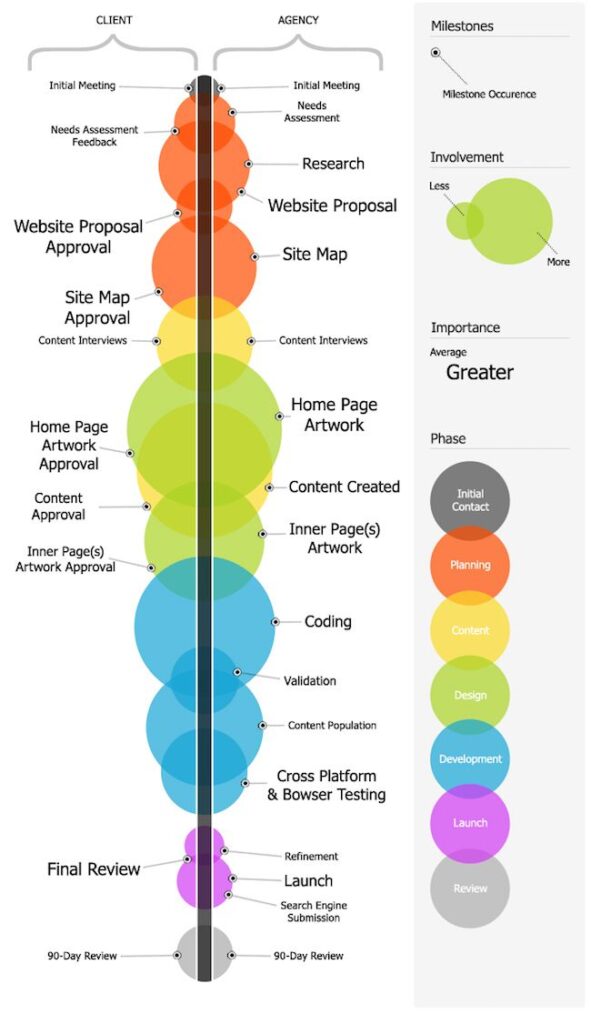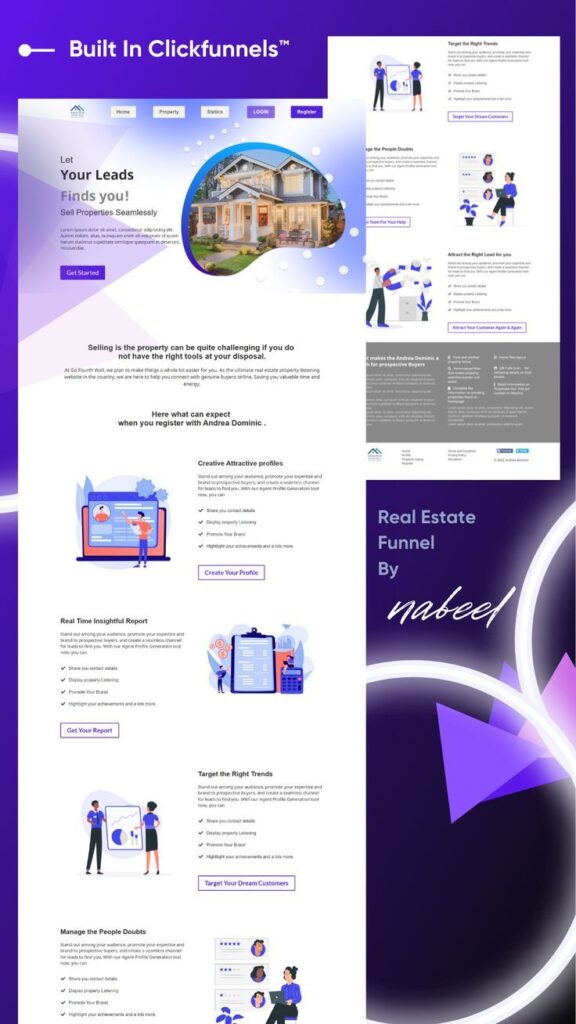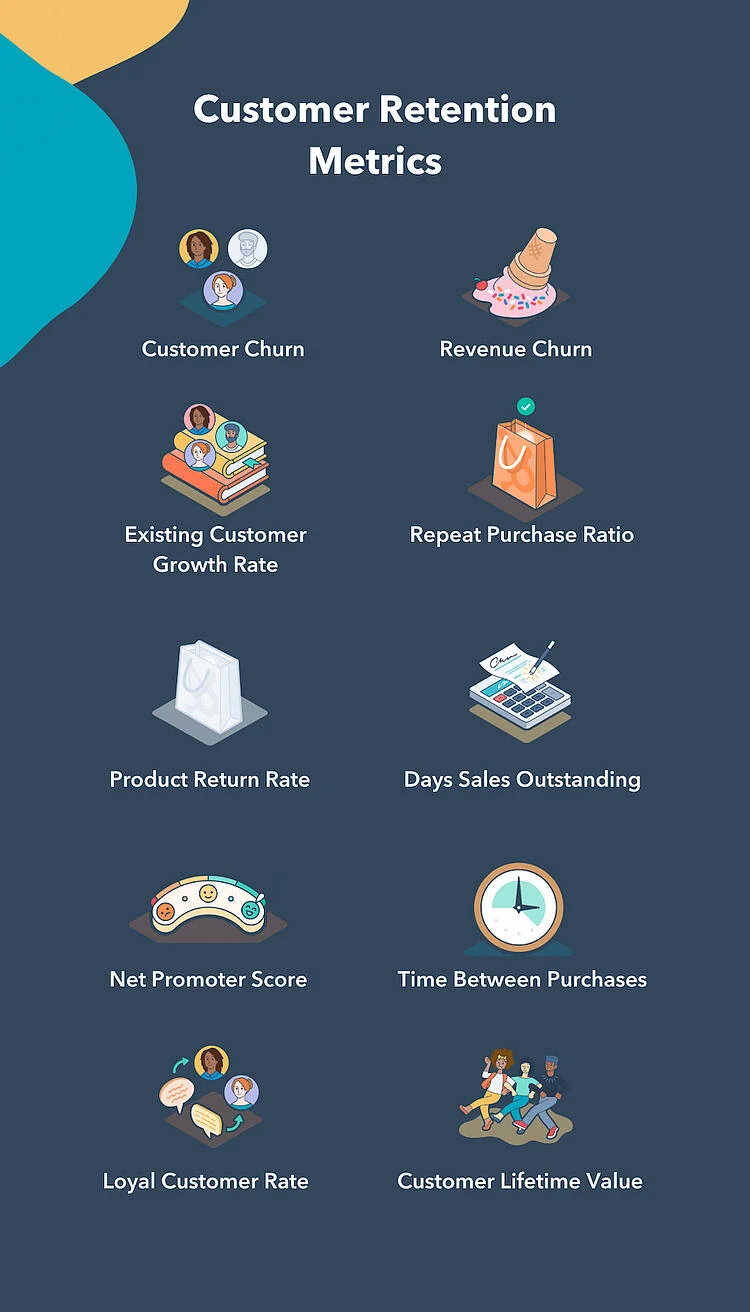Get ready to supercharge your business! In this comprehensive guide, we will explore various business development strategies that can help you expand your market, boost sales and revenue, acquire new customers, and stay ahead of the competition. From market research and partnership collaborations to customer retention and sales prospecting, we’ve got you covered. So, let’s dive in and discover the secrets to achieving business growth and market domination!
Business Development Strategies
Understanding the Importance of Business Development
Business development is the lifeline of any successful organization. It involves creating and implementing strategies to achieve long-term growth, profitability, and sustainability. A strong focus on business development allows companies to adapt to changing market dynamics, identify new opportunities, and stay ahead of the competition.
Developing a Robust Business Development Plan
To kickstart your journey toward business growth, a well-crafted business development plan is essential. This plan should encompass a clear vision, actionable goals, and a roadmap for achieving them. Analyze market trends, understand customer needs, and formulate strategies that align with your core values and strengths.
Market Expansion
Identifying New Markets and Niches
Expanding your market involves finding new areas and demographics where your products or services can thrive. Conduct market research to identify untapped potential, study customer preferences, and assess the competition.
Penetrating New Markets for Growth
Once you’ve identified new markets, it’s crucial to develop an effective market penetration strategy. Customize your offerings to meet the specific needs of each market segment. Tailor your marketing efforts and sales approach to resonate with the local audience.
Sales and Revenue Growth

Sales Funnel Optimization for Maximum Results
Optimizing your sales funnel is essential to maximize conversions and revenue generation. Analyze each stage of the sales process, identify bottlenecks, and implement improvements to increase efficiency.
Aligning Sales and Marketing Efforts
For seamless business growth, aligning sales and marketing efforts is vital. Ensure both teams work hand-in-hand, share insights, and communicate effectively to achieve common objectives.
Customer Acquisition
Lead Generation Strategies to Attract Prospects
Lead generation is the backbone of customer acquisition. Utilize various channels such as content marketing, social media, and SEO to attract potential customers.
Creating Irresistible Value Propositions
A compelling value proposition is crucial in persuading prospects to choose your offerings over competitors. Highlight the unique benefits your products or services provide to customers.
Market Research and Analysis
Leveraging Data for Informed Decision-making
Data-driven decisions lead to better outcomes. Use market research and data analysis to understand customer behavior, identify trends, and make informed business decisions.
Competitive Analysis for Strategic Advantage
Knowing your competitors’ strengths and weaknesses is essential. Conduct competitive analysis to gain insights into their strategies and identify opportunities for differentiation.
Partnership and Collaboration
Building Strong Alliances for Mutual Growth
Collaborating with strategic partners can open new doors for your business. Seek partnerships that complement your strengths and offer mutual growth opportunities.
Effective Collaboration for Market Penetration
Working efficiently with partners is crucial. Establish clear communication, set common goals, and mutually benefit from each other’s expertise.
Product Development and Innovation

Nurturing Innovation within Your Business
Innovation is the key to staying relevant and competitive. Foster a culture of innovation within your organization, encouraging employees to contribute creative ideas.
Launching Successful Products in the Market
Before launching a new product, conduct market research and validate the demand. Develop a comprehensive marketing strategy to ensure a successful product launch.
Market Segmentation
Market segmentation involves dividing your target market into distinct groups based on specific characteristics or traits. This process allows businesses to understand their customers better and tailor their products, services, and marketing efforts to meet the unique needs and preferences of each segment.
By identifying different customer segments, businesses can optimize their strategies to effectively reach and engage with their audience, ultimately driving higher customer satisfaction and loyalty. Each segment may have different demographics, buying behaviors, and interests, which require a personalized approach to cater to their specific requirements.
This targeted approach not only helps businesses enhance their marketing ROI but also fosters stronger connections with their customers, fostering long-term relationships and repeat business. Market segmentation is a powerful tool that empowers businesses to unlock growth opportunities and strengthen their competitive advantage in the marketplace.
Market segmentation offers several benefits to businesses, such as:
- Improved Customer Understanding: By delving deeper into customer preferences, businesses can gain a comprehensive understanding of their target audience, allowing for more effective communication and relationship-building.
- Personalized Offerings: Segment-specific marketing allows businesses to tailor their offerings to match the desires and pain points of each segment, enhancing the relevance and appeal of their products and services.
- Effective Resource Allocation: Instead of implementing a one-size-fits-all approach, market segmentation enables businesses to allocate their resources more efficiently by focusing on the segments with the highest growth potential and profitability.
- Competitive Advantage: Understanding the unique needs of each segment helps businesses differentiate themselves from competitors, setting them apart as a preferred choice for specific customer groups.
- Better Product Development: Market segmentation guides product development teams to create offerings that cater to the precise requirements of diverse customer segments, reducing the risk of product failure.
- Enhanced Customer Engagement: Personalized marketing messages resonate more deeply with customers, fostering stronger connections and increasing the likelihood of repeat business and referrals.
In conclusion, market segmentation is a vital strategy for businesses aiming to excel in today’s dynamic and competitive market landscape. By segmenting their target market and customizing their approaches, businesses can elevate their brand, optimize customer experiences, and ultimately achieve sustainable growth and success.
Business Networking
Business networking is a powerful tool for expanding your professional contacts and creating valuable relationships within your industry. By actively participating in networking events, conferences, and online communities, you can connect with potential clients, partners, and industry experts. These connections open doors to new opportunities, collaborations, and business growth.
Client Relationship Management
Client relationship management is all about maintaining strong bonds with your existing customers. By providing exceptional customer service, personalized attention, and addressing their needs promptly, you can foster loyalty and increase customer retention. Satisfied clients are more likely to become brand advocates and refer new business, contributing to your overall growth.
Sales Funnel Optimization

The sales funnel represents the journey a prospect takes from awareness to making a purchase. Optimizing the sales funnel involves identifying areas where prospects drop off and implementing strategies to increase conversion rates at each stage. By analyzing data, testing different approaches, and refining your sales process, you can boost revenue and achieve higher sales efficiency.
Strategic Planning and Execution
Strategic planning involves setting clear goals, defining actionable steps, and outlining a roadmap to achieve them. A well-crafted strategy ensures that your business stays on course and adapts to changing market conditions. Effective execution is equally crucial, as it involves implementing your plans efficiently and measuring progress to make necessary adjustments.
Business Growth Opportunities
Business growth opportunities can arise from various sources, including new markets, innovative products, or strategic partnerships. By continuously scanning the market for potential opportunities and being open to exploring new ventures, you can position your business for sustained growth and profitability.
Market Penetration
Market penetration involves capturing a larger share of the existing market by increasing sales or customer base. This can be achieved through aggressive marketing, competitive pricing, and expanding product offerings. Successfully penetrating the market allows you to outperform competitors and solidify your position.
Business Expansion
Business expansion entails extending your operations beyond your current scope, which could mean opening new locations, entering new markets, or diversifying your offerings. Expansion requires careful planning, sufficient resources, and a clear understanding of market demand and risks.
Negotiation and Deal-Making
Negotiation is an essential skill for business success. Whether it’s negotiating contracts, partnerships, or deals with suppliers, effective negotiation ensures that both parties benefit from the agreement. Mastering the art of deal-making can lead to favorable terms and long-term partnerships.
Value Proposition Development
A value proposition is the unique value that your products or services offer to customers. Developing a compelling value proposition communicates why customers should choose your business over competitors. It is the foundation of effective marketing and customer acquisition.
Sales and Marketing Alignment
Aligning sales and marketing teams ensures that both departments work together towards common goals. Collaborative efforts between these two functions enhance customer understanding, improve lead generation, and create a seamless customer journey.
Key Account Management
Key account management focuses on building strong relationships with high-value clients. By understanding their specific needs and providing personalized support, you can maximize the value derived from these accounts.
Go-to-Market Strategy
The go-to-market strategy outlines the approach for launching new products or entering new markets. A well-defined strategy ensures successful product launches, capturing the attention of target customers and gaining a competitive edge.
Sales Prospecting
Sales prospecting involves identifying potential customers who match your ideal client profile. By targeting the right audience, you can streamline your sales efforts and improve conversion rates.
Customer Retention Strategies

customer retention strategies focus on keeping existing customers satisfied and loyal to your brand. This involves ongoing communication, personalized offers, and exceptional customer service.
Strategic Partnerships
Strategic partnerships involve collaborating with other businesses to achieve mutual benefits. Partnerships can help expand your reach, access new markets, and share resources for innovative projects.
Business Planning and Forecasting
Business planning involves setting goals and outlining steps to achieve them. Forecasting helps predict future market trends and prepares your business to adapt and capitalize on opportunities.
Customer Needs Assessment
Understanding customer needs is essential for tailoring your products and services to meet their expectations. Conducting thorough needs assessments helps you create solutions that resonate with your target market.
Identifying New Markets and Niches
Identifying new markets and niches opens up opportunities for growth beyond your current customer base. Exploring uncharted territories can lead to new revenue streams and fresh customer segments.
Product-Market Fit
Ensuring product-market fit means aligning your offerings with customer needs and preferences. A well-matched product-market fit increases customer satisfaction and boosts sales.
Sales Pipeline Management
Sales pipeline management involves monitoring and optimizing the sales process to maximize conversion rates and revenue generation. A well-managed sales pipeline ensures a steady flow of leads and sales opportunities.
conclusion
In conclusion, understanding and implementing the various business development strategies discussed in this article can pave the way for remarkable growth and success for your business. Each strategy plays a crucial role in expanding your market reach, enhancing customer relationships, and boosting revenue.
Business networking enables you to build valuable connections and partnerships, while client relationship management fosters loyalty and advocacy among existing customers. Sales funnel optimization ensures a smoother customer journey, leading to higher conversion rates.
Strategic planning and execution lay the groundwork for achieving long-term objectives while seizing business growth opportunities allows you to capitalize on emerging trends and markets. Market penetration and business expansion strategies enable you to solidify your position and reach new horizons.
Effective negotiation and deal-making skills ensure mutually beneficial agreements and value proposition development communicates your unique offerings to potential customers. Aligning sales and marketing efforts brings synergy, and key account management cultivates valuable client relationships.
The go-to-market strategy empowers successful product launches, and sales prospecting helps you identify your ideal customers. Retaining customers through well-crafted customer retention strategies is as essential as forging strategic partnerships to leverage strengths and resources.
Business planning and forecasting prepare you for the future, and understanding customer needs ensures your offerings meet their expectations. Identifying new markets and niches unlocks untapped potential, and achieving product-market fit aligns your products with customer demands. Lastly, sales pipeline management optimizes sales efficiency and productivity.
By integrating these business development strategies into your overall approach, you position your business for sustained growth, profitability, and a competitive advantage in the ever-evolving market landscape.
Remember, success lies not only in implementing these strategies but also in constantly adapting to changing market dynamics and customer preferences. Stay agile, continue to innovate, and maintain a customer-centric approach to ensure your business remains at the forefront of your industry.
So, go forth with confidence, armed with these valuable insights and strategies, and unlock the full potential of your business development journey.
